Flip-flop types, their Conversion and Applications
Flip-flop is a circuit that maintains a state until directed by input to change the state. A basic flip-flop can be constructed using four-NAND or four-NOR gates.
Types of flip-flops:
- RS Flip Flop
- JK Flip Flop
- D Flip Flop
- T Flip Flop
Logic diagrams and truth tables of the different types of flip-flops are as follows:
S-R Flip Flop :
J-K Flip Flop:
T Flip Flop :
Conversion for Flip-Flops:-
EXCITATION TABLE:
Steps To Convert from One FlipFlop to Other :
Let there be required flipflop to be constructed using sub-flipflop:
- Draw the truth table of the required flip-flop.
- Write the corresponding outputs of sub-flipflop to be used from the excitation table.
- Draw K-Maps using required flipflop inputs and obtain excitation functions for sub-flipflop inputs.
- Construct logic diagram according to the functions obtained.
i) Convert SR To JK FlipFlop
Excitation Functions: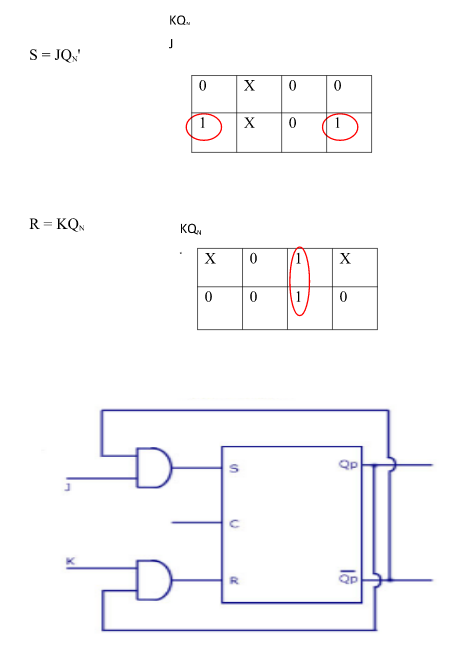 ii) Convert SR To D FlipFlop:
ii) Convert SR To D FlipFlop:
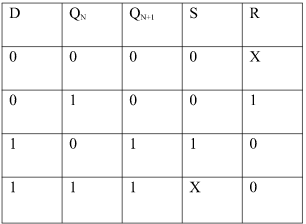
Excitation Functions:
S = D
R = D‘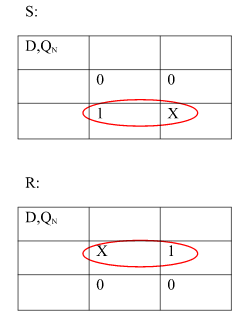
These are the various types of flip-flops being used in digital electronic circuits and the applications of Flip-flops are as specified below.
- Counters
- Frequency Dividers
- Shift Registers
- Storage Registers
- Bounce elimination switch
- Data storage
- Data transfer
- Latch
- Registers
- Memory








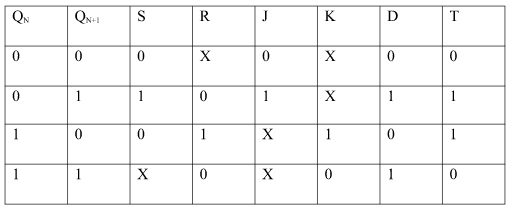
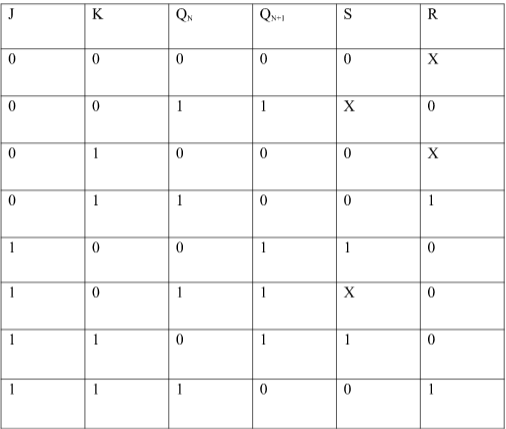
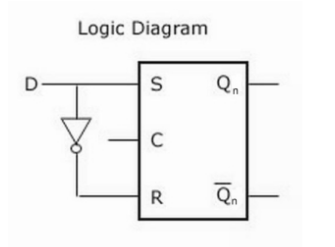


Comments
Post a Comment